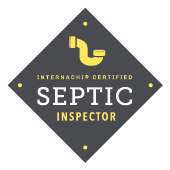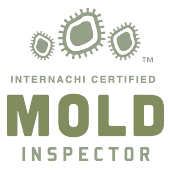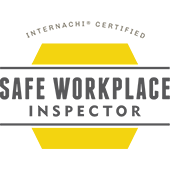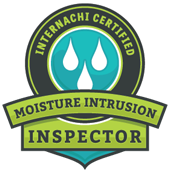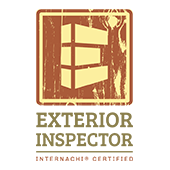The Benefit of Including Ancillary Services.
Ancillary Services are supplemental to a home inspection, or they can also be performed as stand-alone services. According to NYS Standards of Practice for Home Inspectors, they are not included in a General Home Inspection.
Bacterial Water Testing:
Private water supplies, both wells and springs are susceptible to bacterial contamination. Houses for sale in NYS are required to have a water supply free of Coliform and E.coli and he minimal test during real estate transactions is for Coliform / E. coli bacteria presence. Potable water must be negative for both Coliform and E. coli, as water contaminated with Coliform or E. coli bacteria can cause various health issues, abdominal problems, and in some cases even death. Certain types of loans such as FHA/VA/USDA might require more extensive testing of the water supply for Lead, Nitrate, and Nitrite, which are common contaminants in agricultural areas due to the use of fertilizers and other farm activities. The EPA recommends well owners test their water at least annually for bacteria presence and other potential local contaminants.
Even if a water treatment system is installed, whether it is UV, chlorination, or another type of system, it is still important to have the water tested, since many systems are not properly maintained and some might not be antibacterial. A problem with the chlorinator pump, chlorine tablets disposer unit, or an outdated or sediment-clouded UV bulb could make the water unsafe to consume. Corrective action to ensure potable water is the responsibility of the seller.
Radon testing:
According to the EPA, radon is the second leading cause of lung cancer in the USA. The EPA recommends taking corrective actions if the levels are found to be above 4.0 pCi/L. In this area, it is common for homes to test above the 4.0 pCi/L, depending on the locality.
A radon test is performed on the lowest level that could be used as usable space by the buyer. It takes 48 hours to complete the test, so a second visit to the property by an inspector is necessary to pick up the radon monitor or canisters after 48 hours. Radon levels below 4.0 pCi/L still pose some risk, and you can reduce your risk of lung cancer by lowering your radon levels. The cost of installing a radon evacuation system generally runs around $1,300 - $2,000. Typically, if radon levels are found to be high during the inspection, corrective action cost is covered by the seller, unless the buyer waived the radon test in the contract.
Wood Destroying Insects Inspection:
NYS excludes WDI inspections from standard General Home Inspections [GHI]. WDI inspection report is often requested by the lender. Indications of WDI infestation such as microbial damaged wood, siding installed too close to the ground, evidence of previous powder post beetle, carpenter ants, or termites presence, if observed by an appraiser, will automatically trigger a request for a WDI inspection by the lending institution. Including a WDI at the time of your home inspection will provide findings and conclusions ready for your lender to review.
Septic Dye Test:
Performed by adhering to standard testing protocol, testing sewage treatment systems is a relatively inexpensive, non-intrusive way of checking their performance. It does not fully determine the condition or type of the system, but if there is a problem with its performance, in most cases the dye test will show that. Many lending institutions require a Septic Dye Test Report for loan approval on rural properties.
Well, and pump flow test:
This test is performed to verify the adequacy of the water supply, the water pump and pressure tank operation, and their condition. Wells and water pumps can have a host of problems such as damaged casing, unsanitary wellhead caps, insufficient water supply, worn-out submersible pump, or a leak in the pipe between the well and the pressure tank. To test the system, we run the water for approximately 60 minutes at the rate of 3-5 gal a minute. During pump operation, we observe the cycling of the pump, water flow and pressure fluctuations in the tank, and pressure switch condition and operation. The test results are then included in the main home inspection report. Larger issues discovered during this test would need more expensive repairs, typically over $1,500. If problems are discovered with the pump, pipe, pressure tank or with an inadequate water supply, the repairs are usually covered by the current owner or the contract is renegotiated, reflecting the cost of necessary repairs.
Deficiencies in any of the above-listed systems typically results in larger expenses, which are responsibility of the owner to correct before closing.
